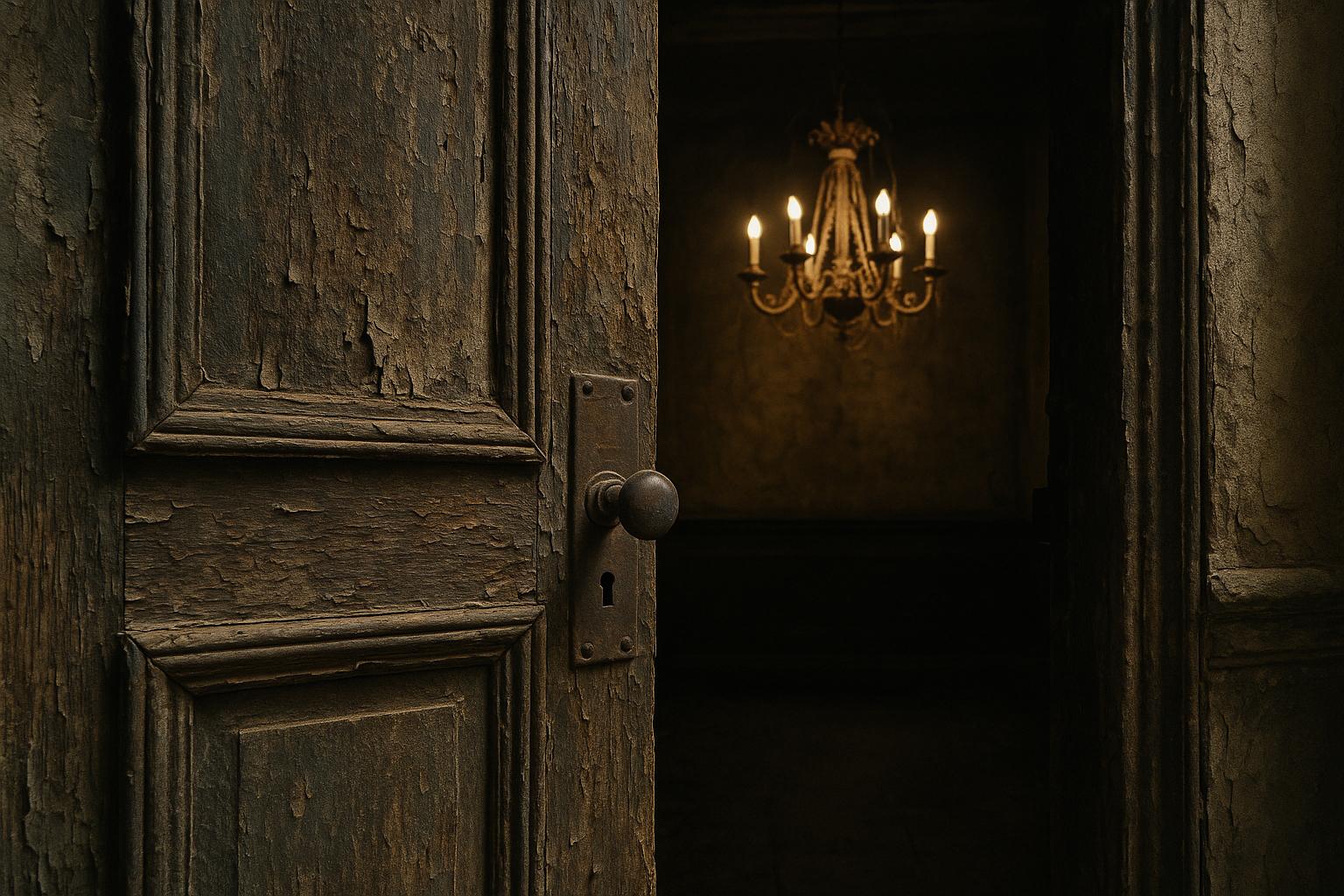Britain’s leading museums have spent a staggering £29 million on urgent repairs and maintenance over the past three years, with significant contributions from taxpayers helping to cover these costs. London’s flagship institutions, including the Victoria and Albert Museum (V&A), the Tate galleries, and the Imperial War Museum (IWM), have faced mounting expenses to preserve their historically important buildings and ensure visitor safety, according to figures obtained under Freedom of Information legislation.
The V&A, a cultural cornerstone established over 150 years ago, accounted for £8.8 million of this expenditure between 2022 and 2024, investing in essential upgrades such as new toilets and other refurbishments. The Imperial War Museum spent more than £16 million on fresh furniture and structural repairs across its five branches, which include IWM London and historic sites like HMS Belfast and the Churchill War Rooms. Meanwhile, the Tate, which operates galleries in London, Liverpool, and Cornwall, allocated £4.2 million to maintenance works to keep its venues in good condition.
While these museums generate income through cafés, gift shops, and paid exhibitions, they remain heavily reliant on public funding. A Tate spokesperson emphasised that ongoing government investment via the Public Bodies Infrastructure Fund and the Museum Estate and Development Fund was “vital to the sector.” The spokesperson added that these funds are “urgently needed” for maintenance and repairs to protect national collections and provide public access.
The enormous scale of required repairs extends beyond London’s premier institutions. According to the Museums Association, the backlog of building work across UK museums runs into hundreds of millions of pounds, reflecting a historic underinvestment in facilities that are often housed in heritage buildings. Sharon Heal of the Museums Association highlighted the challenge facing museums, saying, “Our national institutions are often housed in historically significant buildings which need sustained investment in order to keep them open to the public.” She also called for strategic government investment to future-proof these cultural centres and ensure continued public engagement.
The funding gap is particularly acute in light of a 2021 National Audit Office report that recommended doubling maintenance funding for museums. At that time, the UK government had committed £300 million towards estate maintenance as part of an £850 million restoration and upgrade fund announced in the Autumn 2021 Budget, aimed at national museums such as the V&A, Tate Liverpool, and the IWM. However, this investment appears insufficient against an estimated £413 million needed to fully address urgent repairs across the sector.
Cost pressures have compelled museums to make tough financial decisions. The Tate, for example, has reduced its staff costs by 7% following the financial impact of the COVID-19 pandemic, achieved through voluntary exits and by not replacing vacant roles. The Science Museum Group has similarly cut around 20 jobs as part of a workforce restructuring plan, reflecting wider sector challenges in balancing operational budgets with costly building maintenance.
Experts suggest that emerging technologies could offer some relief. Chris Davison, CEO of building specialist NavLive, noted that many museum buildings date back more than a century, necessitating costly upkeep. He recommended leveraging artificial intelligence to accelerate building surveys and refurbishment efforts, which may help reduce expenses and keep institutions accessible to the public.
Despite these challenges, public interest in museums remains robust. Over 47 million visits to UK public museums were recorded in the year ending March 2024, underscoring the importance of preserving these cultural landmarks. Most are free to visit—a policy embraced by institutions such as the Tate and V&A to promote accessibility, a move that dates back to early 2000s government initiatives aimed at making national museums universally accessible.
The urgent need for continued investment in museum infrastructure is underscored not only by the scale of repair costs but also by the risk to valuable collections. Historic incidents have demonstrated the vulnerability of national treasures; nearly 1,000 precious items, including works by John Constable and Auguste Rodin, have sustained damage over the past decade due to handling accidents and vandalism, highlighting the critical importance of maintaining secure, well-maintained facilities.
In summary, Britain’s museums stand at a crossroads, balancing the preservation of their rich heritage with the practical realities of financial constraints and ageing infrastructure. Continued and strategic government funding, combined with innovative approaches to building management, will be essential to safeguard these institutions that serve as custodians of national and global culture for generations to come.
📌 Reference Map:
- Paragraph 1 – [1], [4]
- Paragraph 2 – [1]
- Paragraph 3 – [1], [4], [2]
- Paragraph 4 – [1], [2]
- Paragraph 5 – [2], [4]
- Paragraph 6 – [3], [1]
- Paragraph 7 – [1]
- Paragraph 8 – [7], [1]
- Paragraph 9 – [5], [1]
- Paragraph 10 – [1], [4]
Source: Noah Wire Services
